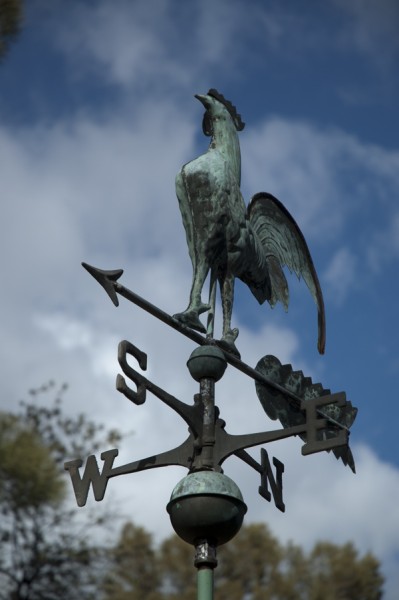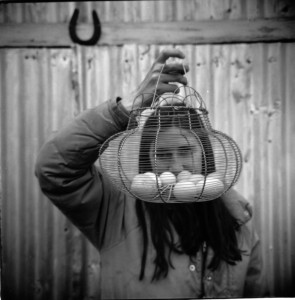Lazuli Buntings
For a few weeks every spring we are visited by a small group of Lazuli Buntings. Every April I catch a glimpse of their shockingly blue heads as they try to blend in with the sparrows and house finches. They are easily spooked. I barely have time to grab the binoculars, much less ever have the opportunity to snap a picture of one. Not long after I announce, “The Lazulis are here,” they are gone.
On their way from Mexico to wherever north of here they end up, a few of them generally spend their approximate two-week layover in our back yard. And right now that’s where they are. I count a female and two males this time–fewer than usual. But they are spectacular nonetheless.
The Lazuli sighting reminds me that I have lots of seeding and planting to do before the predicted rains. So, I’m off to garden.
…and since I’ll never get a shot of my own, here is a very nice photograph that I found online



























